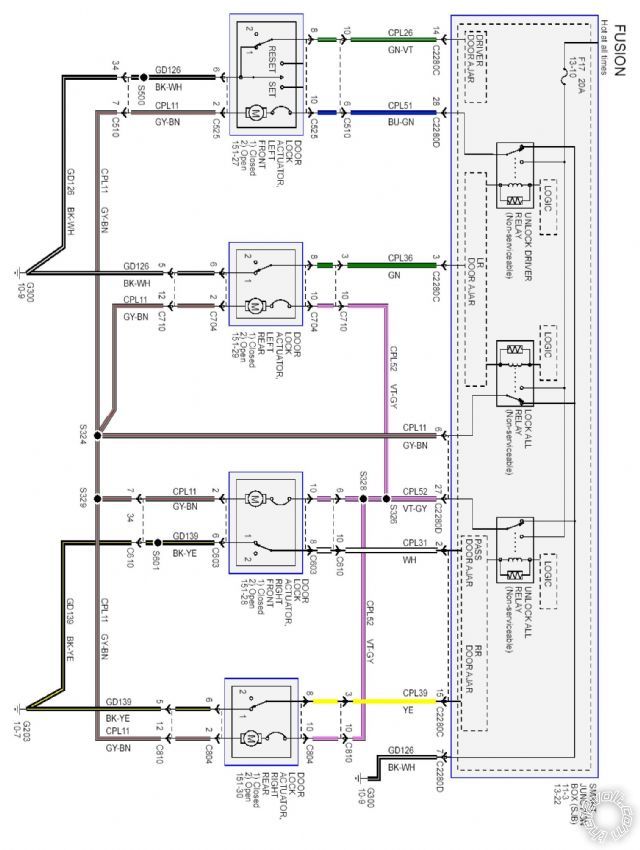Posted: January 14, 2015 at 11:30 PM / IP Logged
Posted: January 15, 2015 at 12:23 PM / IP Logged
Posted: January 15, 2015 at 4:57 PM / IP Logged
Posted: January 15, 2015 at 6:37 PM / IP Logged
Posted: January 20, 2015 at 8:06 PM / IP Logged
Posted: January 21, 2015 at 3:13 AM / IP Logged
Posted: January 21, 2015 at 10:35 AM / IP Logged
Posted: January 28, 2015 at 12:21 AM / IP Logged
Posted: January 28, 2015 at 2:49 AM / IP Logged
Sorry, you can NOT post a reply.
This topic is closed.
 Printable version
Printable version


| You cannot post new topics in this forum You cannot reply to topics in this forum You cannot delete your posts in this forum You cannot edit your posts in this forum You cannot create polls in this forum You cannot vote in polls in this forum |

| Search the12volt.com |
Follow the12volt.com 
Tuesday, December 16, 2025 • Copyright © 1999-2025 the12volt.com, All Rights Reserved • Privacy Policy & Use of Cookies


Tuesday, December 16, 2025 • Copyright © 1999-2025 the12volt.com, All Rights Reserved • Privacy Policy & Use of Cookies
Disclaimer:
*All information on this site ( the12volt.com ) is provided "as is" without any warranty of any kind, either expressed or implied, including but not limited to fitness for a particular use. Any user assumes the entire risk as to the accuracy and use of this information. Please
verify all wire colors and diagrams before applying any information.









 With BJT transistors (ie, not FETs) you have to derive the series-Base resistance range from transistor specs (ie, its gain which is usually specified as a range eg 80-500) and from the load size.
FETS do not need input (Gate) current limiting whereas BJT (Bipolar Junction Transistors - commonly referred to as "transistors" even tho transistors include FETS & other types - needs to be of some minimum value (that limits current) but some minimum to ensure its resulting (Base) current times its gain (aka β = Beta) supplies enough current to the load. Then you add a Base to GND resistor and Base to input resistor that provide a Vb of about 0.7V blah blah blah....
Nah - transistors (BJTs) for simple amplifier designs, but (MOS)FETs for switching or digital applications like this. (The bonus is then the very high impedance (negligible current) of the FET's Gate etc.)
PS - because vehicles are typically 12V or higher, same sized resistors may work.
EG, if both our Gate-GND & input-Gate resistors were 1M and therefore a +12V "on" input (or 14.4V etc) means a Gate voltage of +6V (or +7.2V etc) which may be high enough to turn the MOSFET (fully) on. Certainly an L-type would - ie Logic-types needing input voltages under 5V for full turn on.
With BJT transistors (ie, not FETs) you have to derive the series-Base resistance range from transistor specs (ie, its gain which is usually specified as a range eg 80-500) and from the load size.
FETS do not need input (Gate) current limiting whereas BJT (Bipolar Junction Transistors - commonly referred to as "transistors" even tho transistors include FETS & other types - needs to be of some minimum value (that limits current) but some minimum to ensure its resulting (Base) current times its gain (aka β = Beta) supplies enough current to the load. Then you add a Base to GND resistor and Base to input resistor that provide a Vb of about 0.7V blah blah blah....
Nah - transistors (BJTs) for simple amplifier designs, but (MOS)FETs for switching or digital applications like this. (The bonus is then the very high impedance (negligible current) of the FET's Gate etc.)
PS - because vehicles are typically 12V or higher, same sized resistors may work.
EG, if both our Gate-GND & input-Gate resistors were 1M and therefore a +12V "on" input (or 14.4V etc) means a Gate voltage of +6V (or +7.2V etc) which may be high enough to turn the MOSFET (fully) on. Certainly an L-type would - ie Logic-types needing input voltages under 5V for full turn on.
